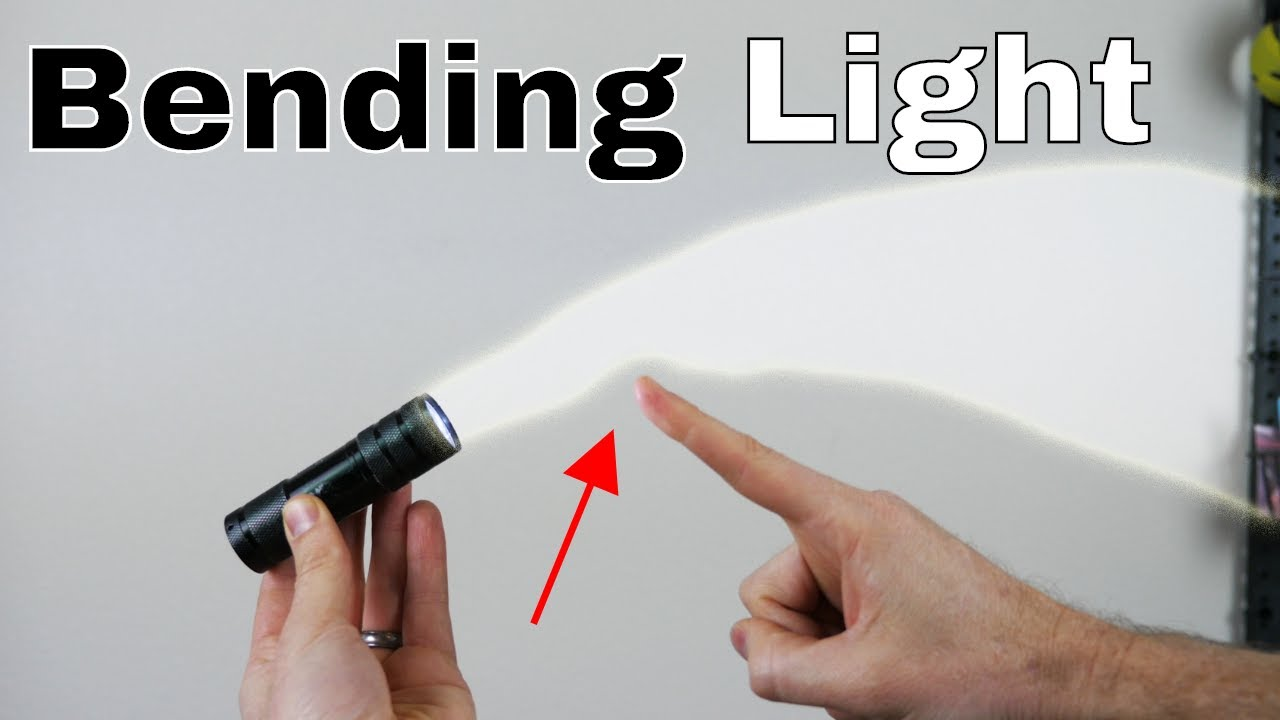Can Light Bend Around Corners?
Light is a form of electromagnetic radiation, which means it travels in waves. These waves can be bent or refracted when they pass through different materials, such as water or glass. However, light cannot "bend" around corners in the same way that a car might turn a corner.
When light hits a corner or edge, it will either be reflected or absorbed. This means that the light will either bounce off the surface at the same angle at which it hit, or it will be absorbed by the material and not continue on its original path. This is why you can't see around corners – the light from the objects on the other side is either reflected back or absorbed, and it never reaches your eyes.
There are, however, some ways that light can be made to "appear" to bend around corners. One way is through a phenomenon called total internal reflection. This occurs when light travels from a denser material, such as glass, into a less dense material, such as air. If the light hits the boundary between the two materials at a steep enough angle, it will be reflected back into the denser material instead of passing into the less dense material.
This can be observed in the way that light travels through a fiber optic cable. The cable is made of a transparent material, such as glass or plastic, that has a higher refractive index than the surrounding air. When light enters the cable at one end, it hits the boundary between the cable and the air at a steep enough angle to be reflected back into the cable. As the light travels through the cable, it bounces off the boundaries between the cable and the air at each bend, allowing it to "follow" the curve of the cable without actually bending around the corners.
Another way that light can be made to "bend" around corners is through the use of lenses. Lenses are optical devices that are designed to refract light in specific ways. By carefully shaping the lens, light can be made to bend in such a way that it appears to come from a different direction than it actually does. This is how a camera or telescope is able to focus on distant objects – the light from those objects is bent by the lens and brought into focus on the film or sensor.
In conclusion, light does not have the ability to bend around corners in the same way that a car might. However, through the phenomena of total internal reflection and the use of lenses, light can be made to appear as if it is bending around corners. These principles are important in many different fields, from telecommunications to optics and imaging.





